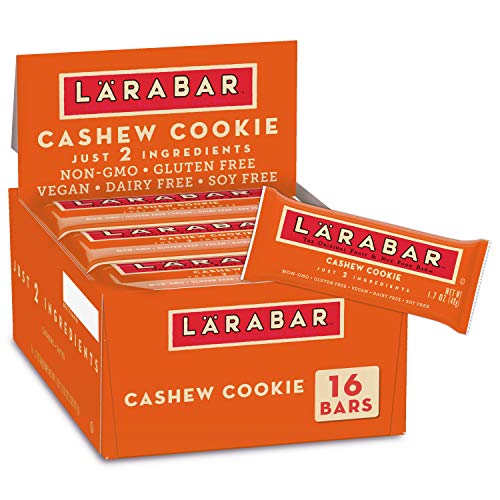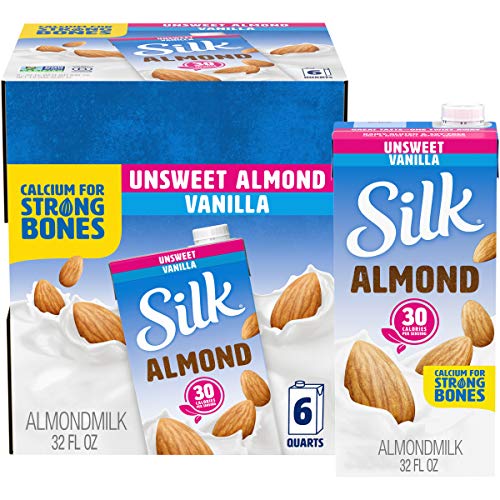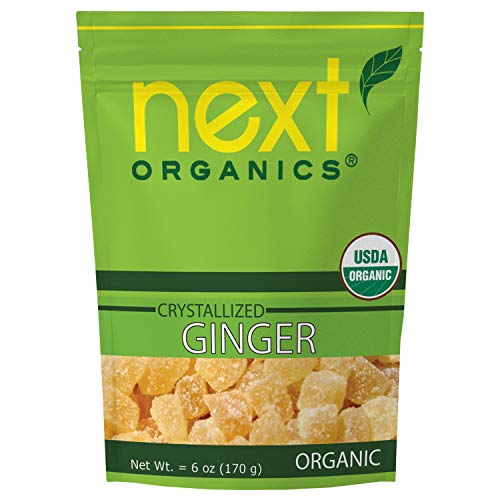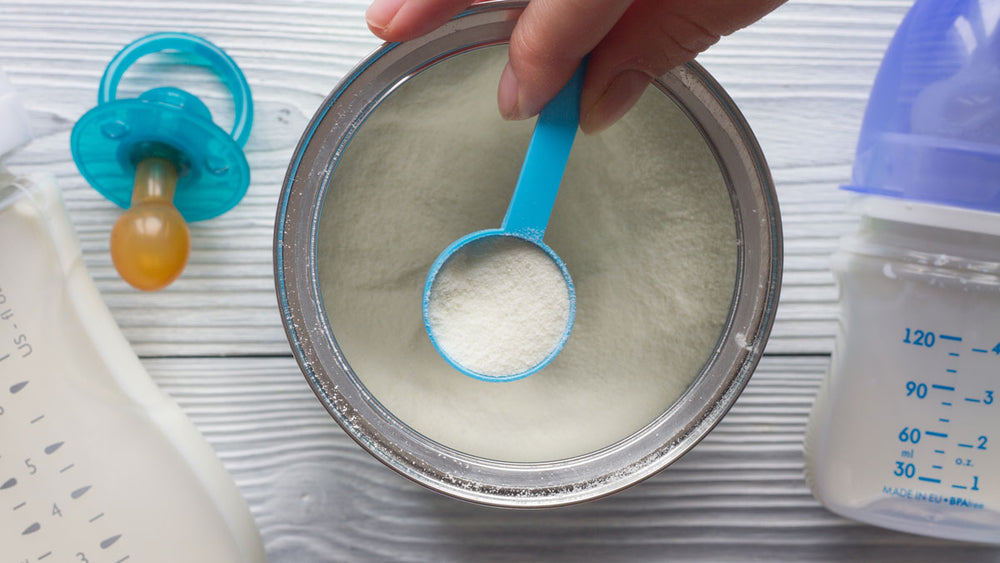Breastfeeding and Acid Reflux: How to Navigate Challenges with Your Baby
For most people, breastfeeding is either loved or hated. It can be a beautiful journey, but not always one that comes without its challenges. This article aims to provide tips for infants with reflux in hopes of nourishing your baby, managing spit-ups, and maintaining breastfeeding harmony.
If you want to learn more, this article on infant acid reflux can be a great starting point.
Understanding Infant Reflux: Symptoms and Peaks
For many infants, spitting up can happen frequently throughout the day. Because of this, I can understand how it would be hard to determine if your little one is just spitting up or if they may have something else like acid reflux. So, listing some common symptoms seen in infants with acid reflux may be helpful. The American Academy of Pediatrics states that common symptoms in babies with reflux include feeding refusal, poor weight gain, irritability or fussiness, poor sleep quality, and frequent wakings and back arching.
It is helpful to know that reflux can happen with infants and children of all ages, but it typically peaks at around four months. It often declines with age and generally resolves by 12 months. This is thought to happen earlier in a child's life due to an immature gastrointestinal tract and tends to resolve with age and maturation.
Feeding Tweaks for Tiny Tummies:
If you aren’t familiar with the KellyMom website, it is an excellent resource for breastfeeding women. It has many suggestions and troubleshooting ideas when learning to navigate your breastfeeding journey. Some recommendations they have for breastfeeding tips with an infant with reflux include the following:
- Aim for more frequent, smaller feedings
- Try positioning your baby upright when breastfeeding
- Aim for a lot of skin-to-skin contact with your baby
- Try breastfeeding while in motion (walking or rocking)
- Make sure your baby has a good and correct latch to prevent less air from being swallowed (if you are unsure, it may be a good idea to ask to see a lactation consultant for guidance)
- Allow your baby to finish eating altogether on one breast, and don’t interrupt the baby while they are actively sucking. This may lead to increased air being swallowed and can alter the composition of the milk (more foremilk than hindmilk - foremilk can be described as the milk at the beginning of the feeding and consists of more water and nutrients vs. the hindmilk which is defined as the milk towards the end of a feeding and has more fat)
Food & Mood: Dietary Considerations for Breastfeeding Moms
For a mom who is breastfeeding, the thought that what you eat may be a trigger for your infant's reflux can be a daunting one. If you are concerned that your food is causing uncomfortable symptoms for your little one, I'd first encourage you to start a food log to help determine if it’s the food you are eating or not. If you’ve ruled out a dairy intolerance by trial and elimination, it would be safe to look at your diet. The same things that you’d avoid in your diet to relieve acid reflux for yourself are what you’d like to avoid while breastfeeding - so things like caffeine, spicy, and acidic foods. It’s also always a good idea to talk to your child’s pediatrician to discuss an optimal plan for you and your baby.
If you have been in the trenches with an infant battling reflux, we’d love to hear about it. Please comment on your experience or what worked for you and your little one. We hope to help foster a supportive community and provide valuable insights for other moms navigating similar challenges. We couldn’t do it without you, our readers!
- Bonyata, K. (2023, November 21). Spitting up & reflux in the breastfed baby. KellyMom.com - Breastfeeding and Parenting.
- Lightdale, J. R., Gremse, D. A., & Section on Gastroenterology, Hepatology, and Nutrition (2013). Gastroesophageal reflux: management guidance for the pediatrician. Pediatrics, 131(5), e1684–e1695.



















Comments
Join The Conversation...